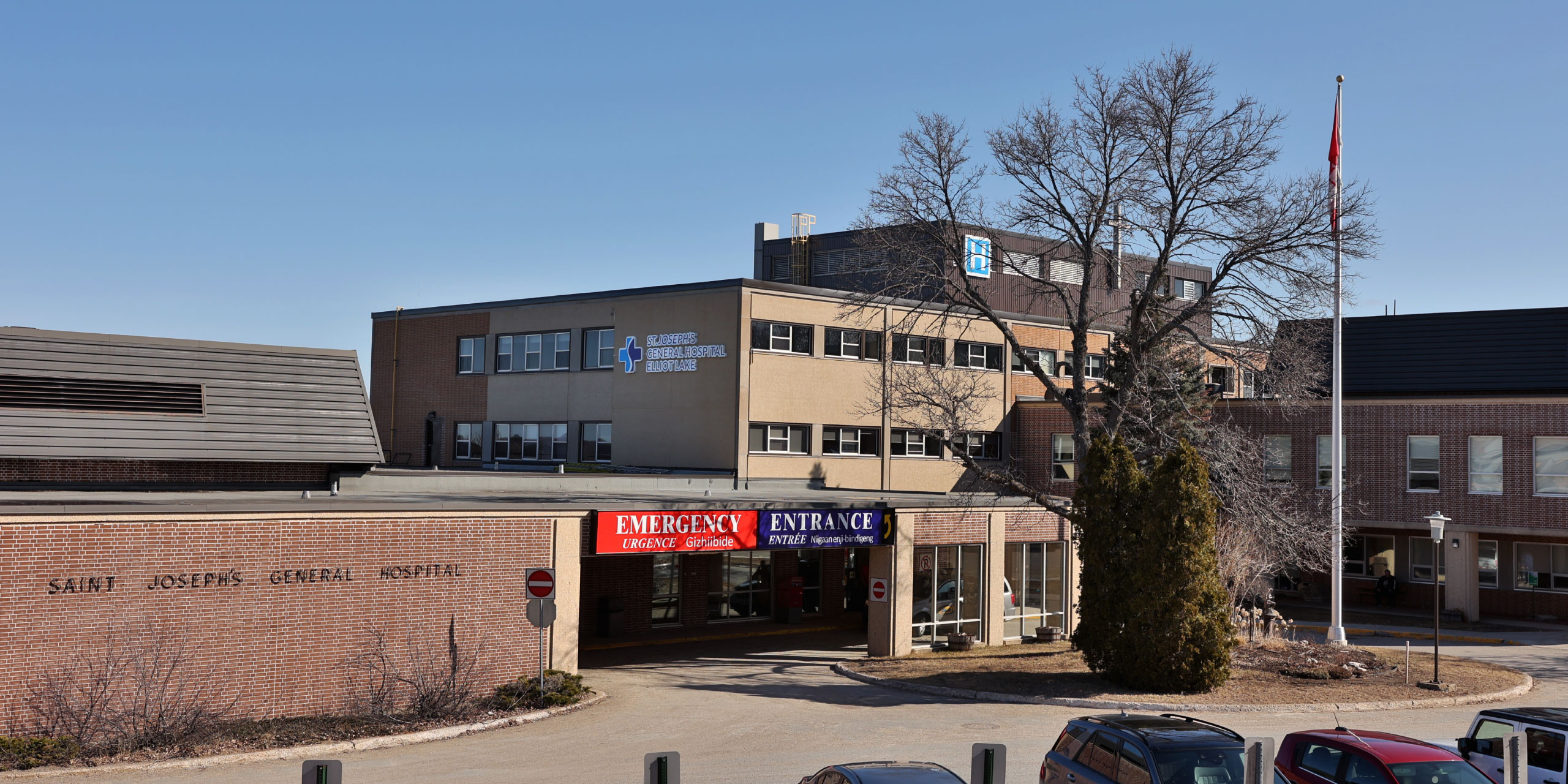
Continuing Care
Quality and Patient Safety – Preventing Falls
On admission to the Continuing Care Unit Nursing staff will complete a Falls Risk Assessment using the Patient Care System (PCS). Nursing staff will also complete this Assessment:
- After a fall.
- Every 12 hours for patients identified as moderate to high risk (Morse fall score 25 and higher).
- As required when assessed appropriate by the patient’s primary nurse.
The goal of patient safety practices, such as fall prevention, is to prevent additional harm to patients while they are hospitalized. Universal fall precautions constitute the basics of patient safety. They apply across all hospital areas and help safeguard not only patients, but also visitors and staff in many cases.
Maintaining a safe and comfortable environment is the responsibility of the Hospital independent of a patient’s particular risks for falls because failure to do so can put any patient at risk. For example, any patient could slip and fall if there is a spill on the floor. A fall can happen any time but there are ways to reduce the risk of falling.
SJGHEL’s fall prevention program includes:
- Universal fall precautions, including scheduled rounding protocols.
- Standardized assessment of fall risk factors.
- Care planning and interventions that address identified risk factors within the overall care plan for the patient.
- Post fall procedures, including a clinical review and root cause analysis.
Universal fall precautions are called “universal” because they apply to all patients regardless of fall risk. Universal fall precautions revolve around keeping the patient’s environment safe and comfortable and can include:
- Familiarizing patients with the environment.
- Ensuring the call bell is within reach.
- Keeping a patient’s personal possessions within safe reach.
- Ensuring sturdy handrails in patient bathrooms, room, and hallway.
- Placing the Hospital bed in low position when a patient is resting in bed; raise bed to a comfortable height when the patient is transferring out of bed.
- Keeping the Hospital bed brakes locked.
- Keeping wheelchair wheel locks in “locked” position when stationary.
- Utilizing nonslip, comfortable, well-fitting footwear on the patient.
- Night lights or supplemental lighting.
- Maintaining clean and dry floor surfaces; prompt cleaning of spills.
- Adhering to safe patient handling practices.
